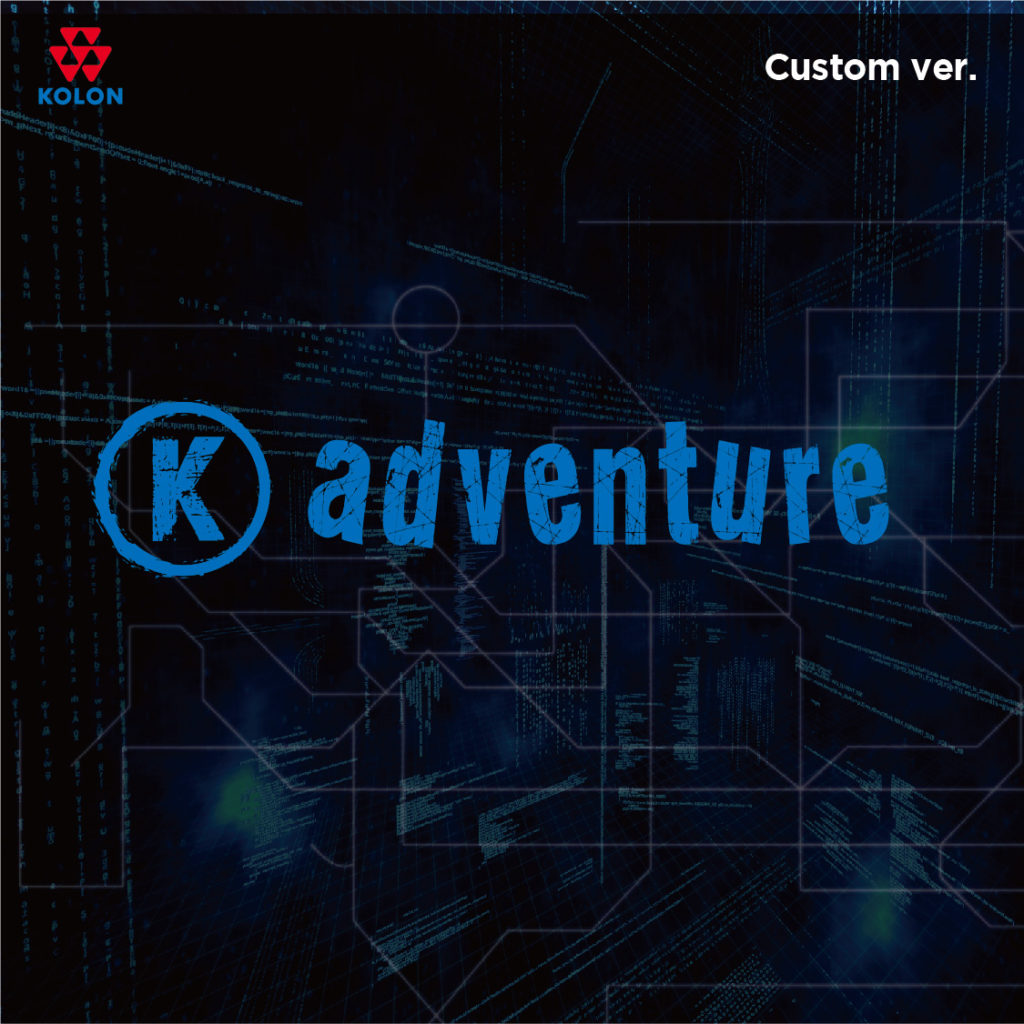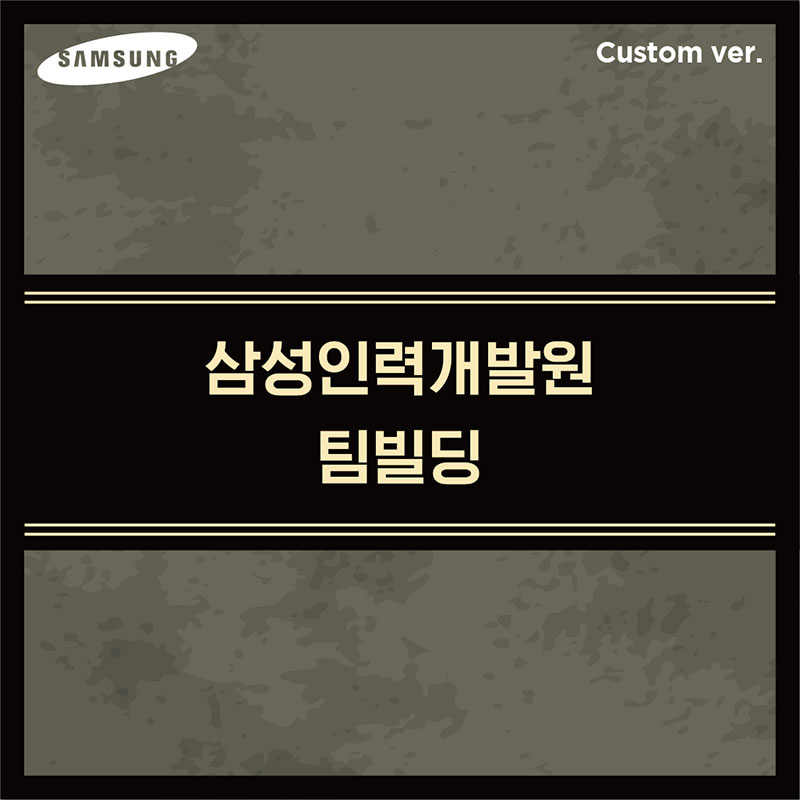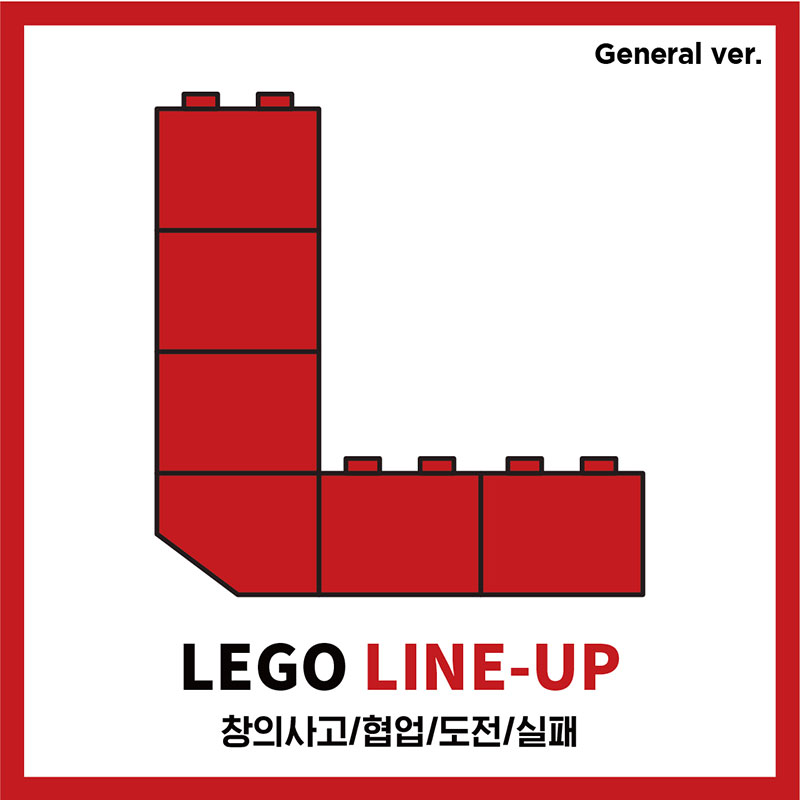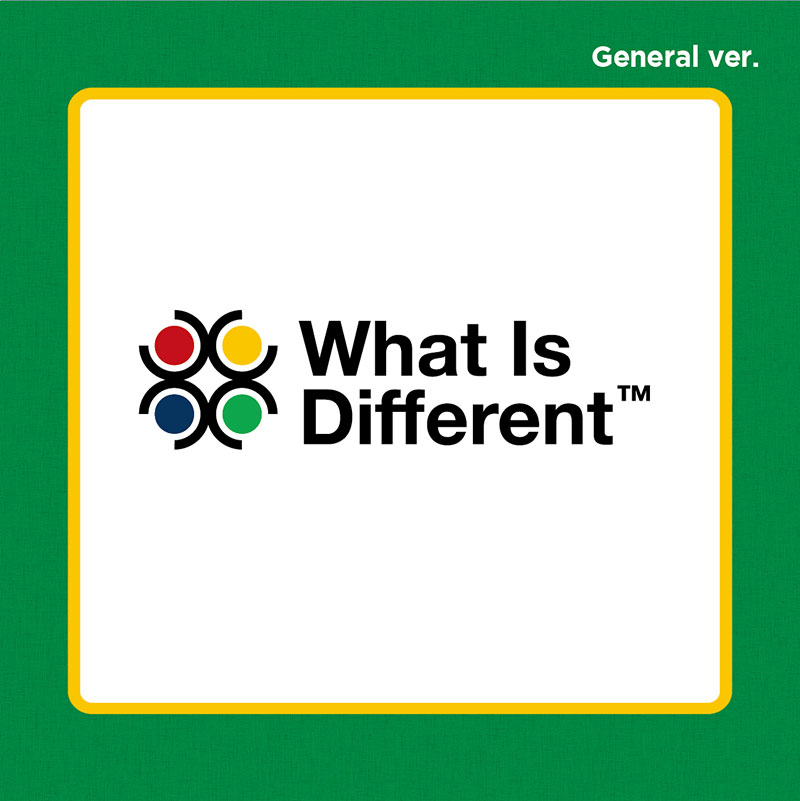Lego Castle Project

Keyword
#team_work #objective #different_viewpoints #collaborative_problem_solving #conflict_management #Silo #creative_thinking #mind_set
Who is it for?
This program is suitable for all members of the organization including new employees to leaders and executive members who are working as a team. It is also held as an introductory or conclusive program for various types of workshops.
What is it?
It is an indoor activity program with 8~14 players in a team. The objective is to build a castle by using the Lego blocks while completing a secret personal mission that can only be shared with limited communication. The team’s common objective is to complete the castle while achieving all of the individual’s missions in a given time; making each member focus on completing their missions. During the playtime, a variety of conflicts occur among the team members which will then provide the participants with a chance to experience the whole process of solving big problems strategically as a team.
How is it organized and operated?
The Lego castle project program consists of about an hour of playtime. Facilitators intervene immediately after the end of the first round when the participants encounter various problems for the first time.
The facilitators check the progress of the personal missions and ask several key questions. This key-questions stimulates participants to discover insights and alter their perception to change their behaviors for the next round. Therefore, the program is designed with a total of a two-rounds system so that the participants can experience the achievement of objective through a transition of viewpoints and way of work.
What can you experience and learn?
Lego castle project program provides a variety of insights on teamwork: 1) the misunderstandings that may evolve due to the bias and misperceptions with limited communication, 2) the issues and clues from conflicts (i.e. silo), 3) the concept of collaborative decision-making, and 4) the strategic approach to the common objective as a team.
After the end of the second round, the participants can review the organization’s vision and mission with the issues related to the organization’s KPIs and individual tasks by focusing the differences of process and outcome when viewpoints have shifted from ‘I’ to ‘We’. Also, you can indirectly experience various factors and causes that affect vision sharing, conflict management, diversity, teamwork, etc. and think about the role and mindset that individuals should have as a member of an organization.
Related Contents
theplaycompany
add. 06222 6F Arena Bld., 425, Eonju-ro, Gangnam-gu, Seoul, Korea tel. 82 2 545 7234 fax. 82 2 545 6230 mail. info@theplaycompany.co.kr
Corporate registration number. 592-86-00430 CEO. Yoon Jung Kang
© 2022 theplaycompany all rights reserved
theplaycompany
add. 06222 6F Arena Bld., 425, Eonju-ro, Gangnam-gu, Seoul, Korea
tel. 82 2 545 7234 fax. 82 2 545 6230
mail. info@theplaycompany.co.kr
Corporate registration number. 592-86-00430
CEO. Yoon Jung Kang
© 2022 theplaycompany all rights reserved





